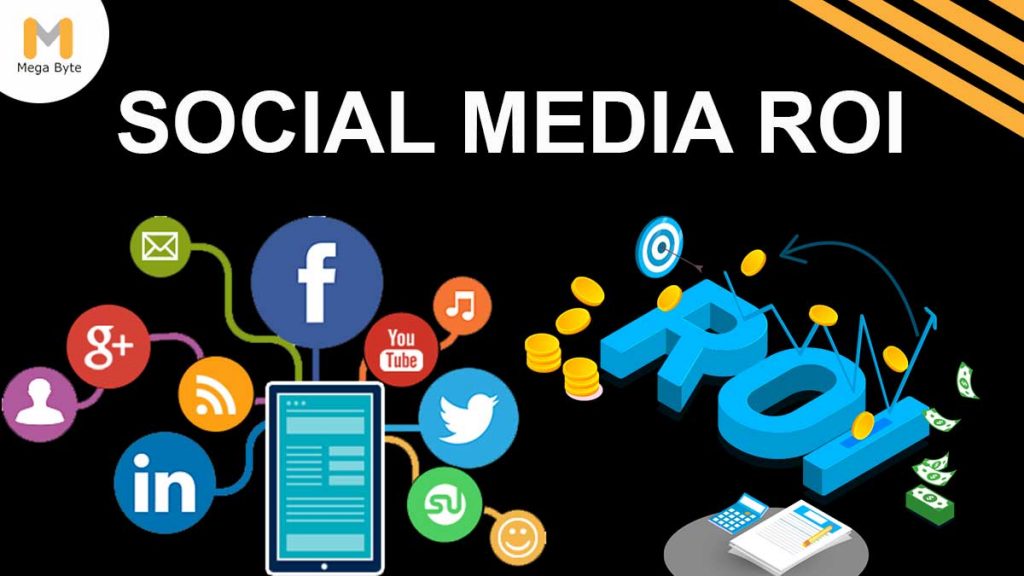Ever since companies jumped into this loosely defined and elusive business of “social media marketing,” marketers have acted as if defining social media ROI is an insurmountable task. We definitely agree that it’s difficult, but it’s certainly not impossible.
Ignite Social Media, “the social media agency in Dubai,” took it upon ourselves to figure out how to calculate social media ROI. The answers still aren’t crystal clear, but we’re getting close. So far, we’ve developed six straightforward models that are getting real results for our clients.
Because social media ROI has so many different facets, we find that it takes at least six different approaches to get the big picture. We wouldn’t be surprised if additional approaches come to light this year, either.
Making Sense of It All
Does This Stuff Really Work?
The idea behind determining the ROI of social media isn’t to achieve some inarguable, objective figure. Instead, we advocate using these models to get really, really close.
When you think about it that way, these approaches definitely work. While one or two of these models are great for picking out specific pieces of data, we really recommend using all six of the models in conjunction with one another to get the big-picture idea, as well as the “little picture.”
Why You Should Start With the Amplification Model
Let’s be honest. We all have limited budgets in the marketing department. Even if that budget is hundreds of thousands of dollars, there’s still a limit. When you can’t quantify what kind of results your social media marketing is achieving, you have to ask yourself a tough question:
Do I just cut all this Facebook money and buy a really nice advertising campaign?
For some companies, the answer is yes. For many more, however, it’s a definite no; but, you can’t make that decision until you run the data – hence the Amplification Model.
The Amplification Model kicks into action with the Purchase Equivalency Calculator. Click the link to see a full spreadsheet of this calculator in action. With this spreadsheet. If spreadsheets aren’t your thing, check out the Infographic at the bottom of this page. Plug-in data from your own company to get answers about your unique marketing budget.
Here are the inputs that you’ll need for social media ROI:
- Facebook Organic Impressions
- Clicks on Facebook Links
- Twitter Impressions
- Clicks on Twitter Links
- Organic YouTube Views
- Blog Page Views
- Online Brand Mentions
The bottom line is this:
Positive mentions of your brand in front of those with a propensity to buy will increase sales.
Remember, the Amplification Model isn’t designed to measure your sales. It measures the brand impressions you get through social media (and their cost) against the brand impressions and cost of traditional advertising
Social media ROI is real and measurable, but it takes a good deal of work to extricate meaningful information from the raw data.
ROI = (return – investment) / investment
This straightforward formula has just the two parts: Return and Investment.
Some of the tools, like analytics software, are already in your possession, and a few of the formulas can be found in our whitepaper. Put them together, and you’ll be able to show everyone in your company exactly what social media marketing is doing, or could be doing, for your business.
Read Also: 7 Best Branding Strategies to Boost SEO


